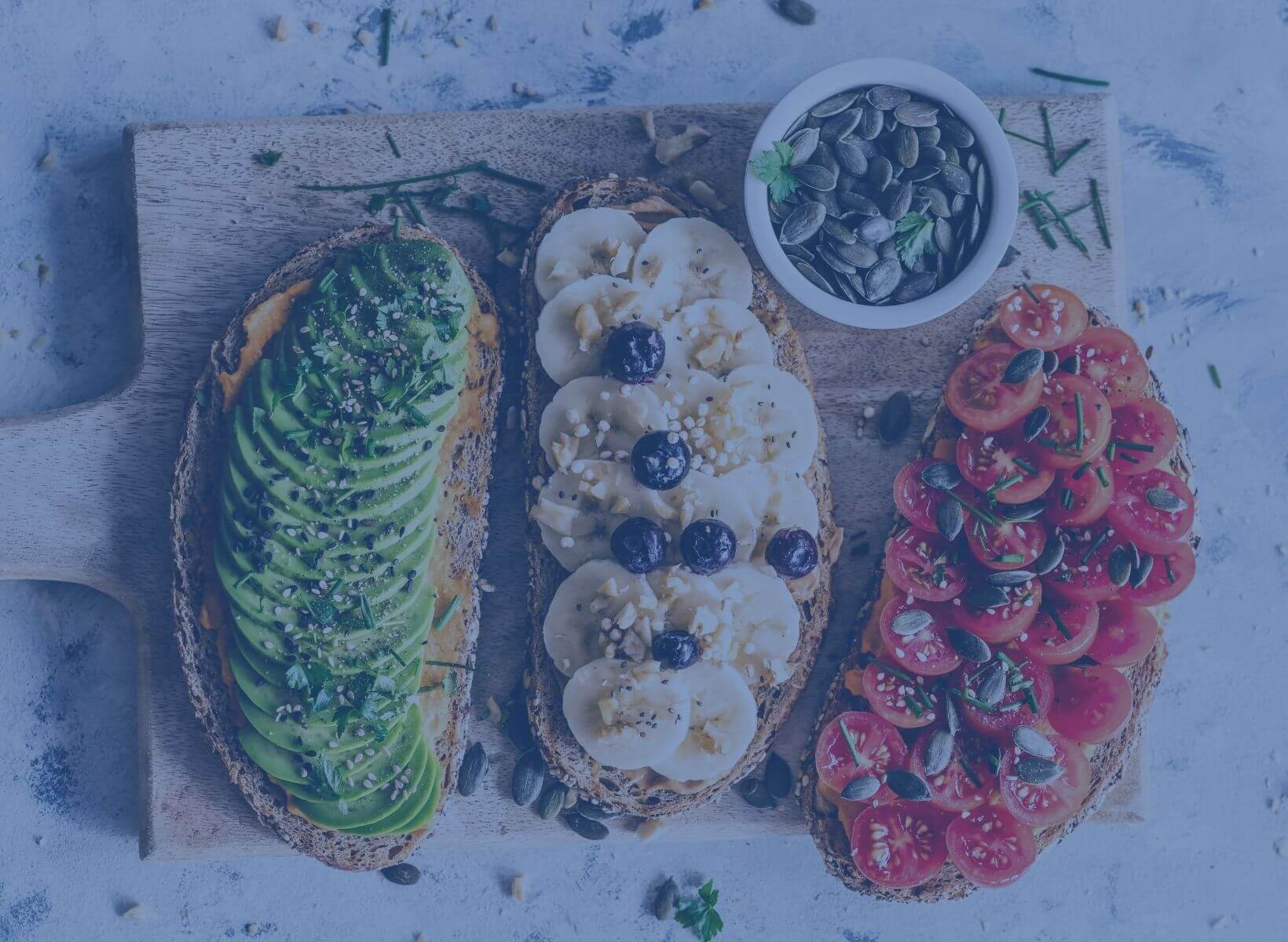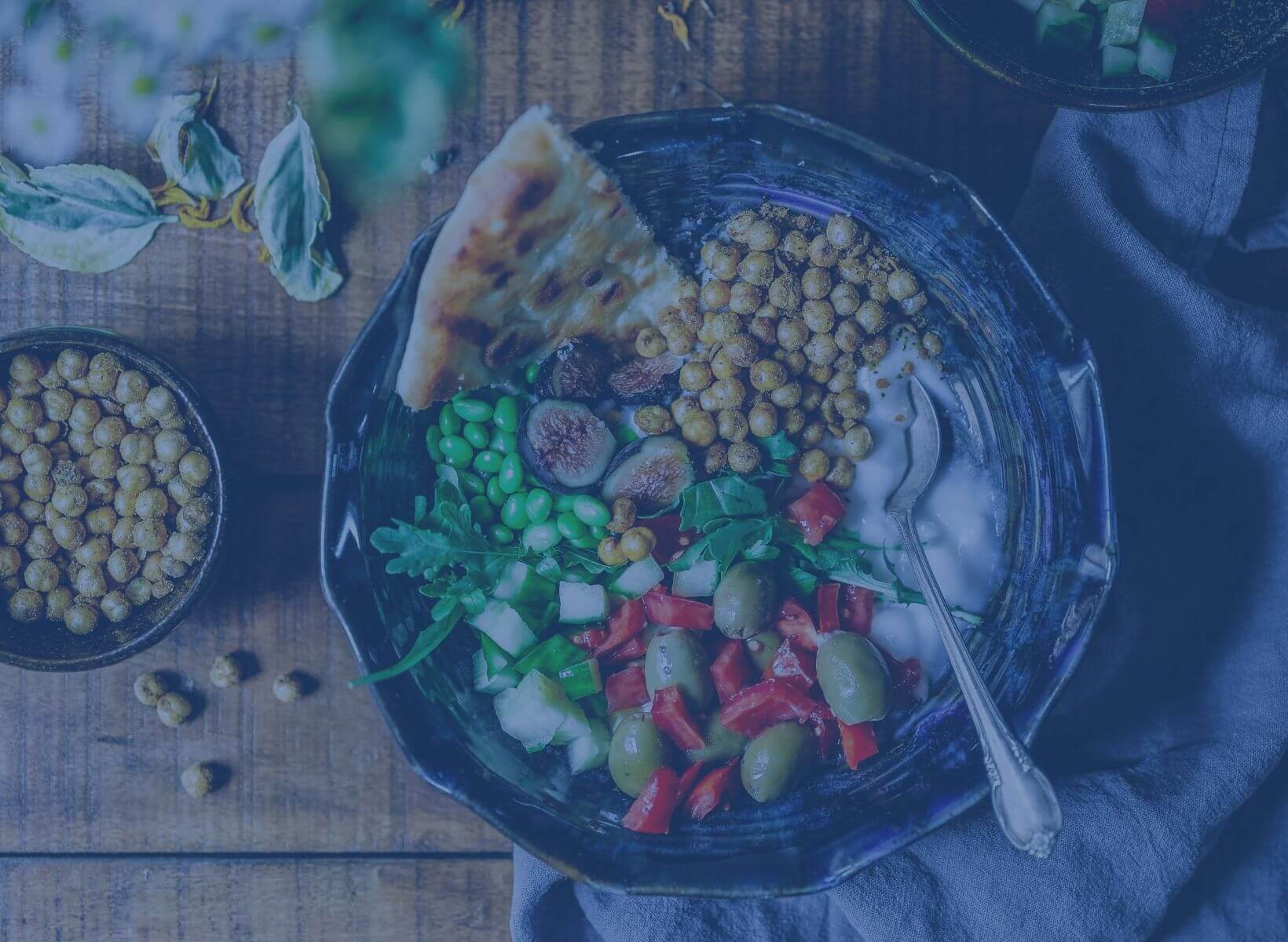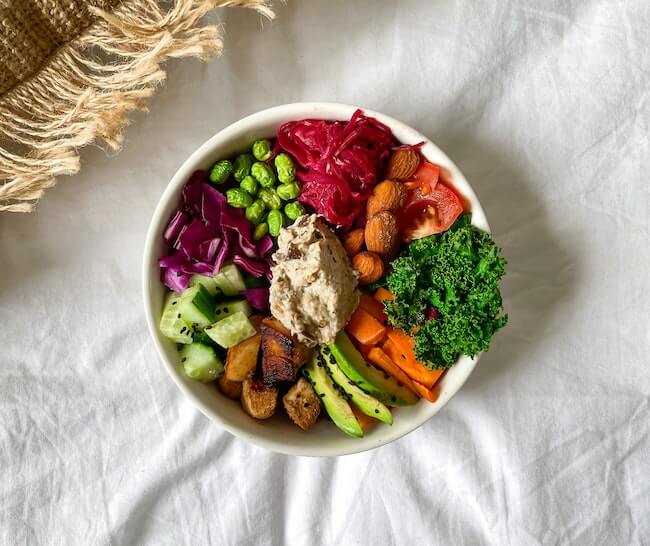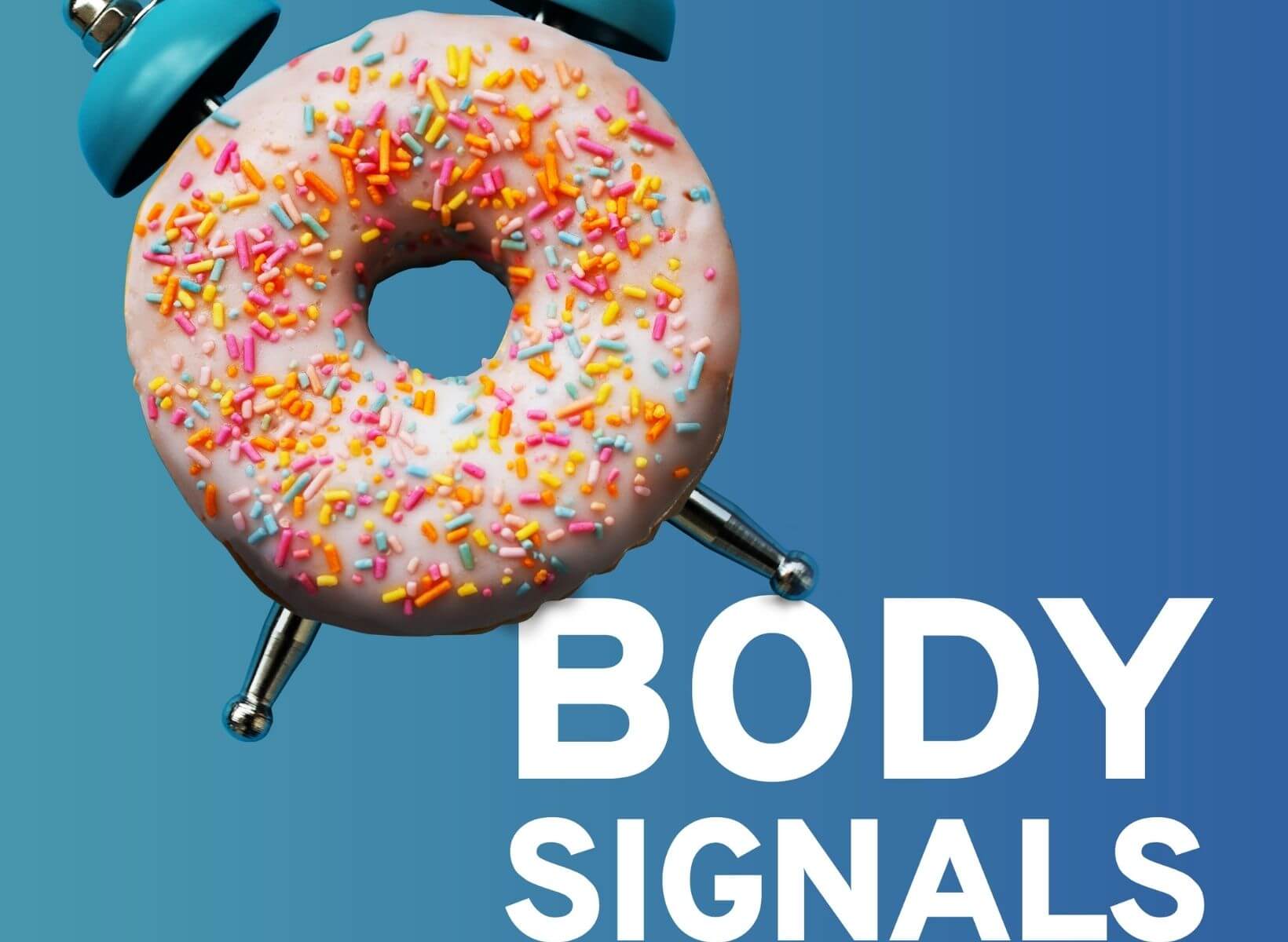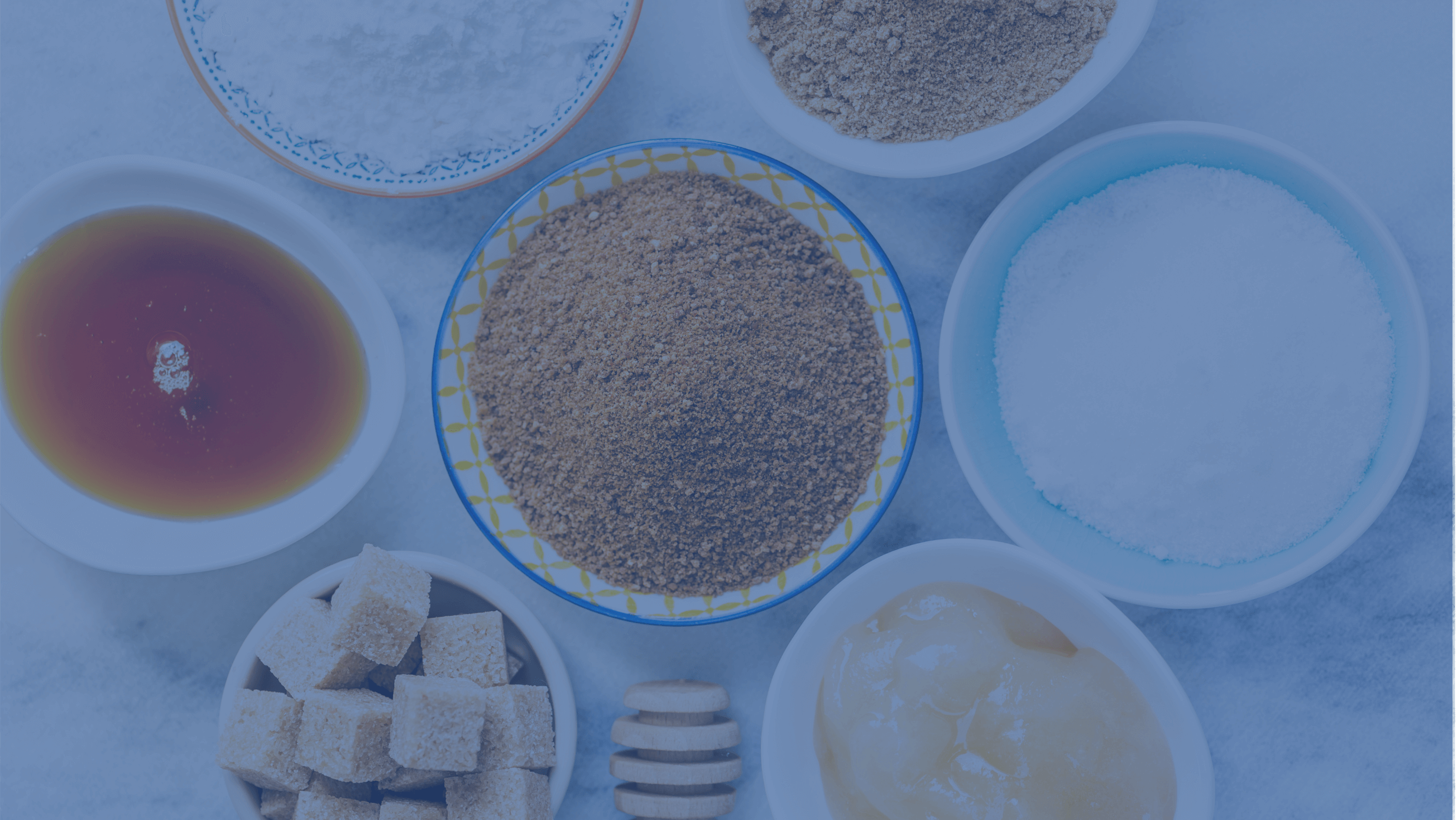The Glycemic Index (GI) is used to assess a carbohydrate-containing food's ability to raise blood glucose levels. The higher the GI of a food, the quicker it raises blood glucose levels. Choosing low-GI foods can help type 2 diabetes patients manage blood glucose levels better. Read more to learn how to assess the glycemic response to foods and meals.
{{mid-cta}}
The Importance of Knowing the Glycemic Index
Maintaining target blood glucose levels is critical to prevent short- and long-term complications such as hyperglycemia, hypoglycemia, neuropathy, retinopathy, heart disease, and kidney disease.
Knowing a food's glycemic index helps you choose foods with lower GI values that slowly increase blood glucose levels, avoiding spikes.
A meta-analysis evaluated the effects of a low glycemic index diet on the blood glucose management of diabetes patients. The analysis of fifty-four studies showed that low-GI diets can effectively reduce fasting blood sugar levels and glycated hemoglobin (HbA1c), and the effects were greater in longer duration of low-GI diets.1
Understanding How to Determine the Glycemic Index
Glycemic indexes of foods are determined in the laboratory.2 The standard method involves ten healthy individuals. The participants consume a test food containing 50 grams of carbohydrates, and their blood glucose levels are monitored for the following two hours. Another time, to compare effects, the same ten people consume pure glucose containing the same amount of carbohydrates (the reference food), and their blood glucose levels are monitored for the following 2 hours. Then, the GI of the test food is calculated by dividing participants' glucose response to test food by reference food.3
Therefore, it's not possible to calculate the GI of foods from nutrition labels. However, you can check the glycemic index chart containing the GI scores of most foods.
Variations in the Glycemic Index of Foods Explained

Factors such as the nutrient composition of foods (fiber, carbohydrates, fat, and protein), acidity, physical entrapment, processing, cooking methods, and storage can change the glycemic index.
Nutrient Composition: Foods with high fat and protein content generally have lower GI scores. For example, full-fat milk has a lower GI than skimmed milk.
Processing: Processing such refining grains changes the GI scores. White rice, refined grain, has a higher GI score than brown rice, which is whole grain.
Fiber Content: Fiber increases the resistance to digestive enzymes. High-fiber foods can help lower glycemic response. Combining high-GI foods with high-fiber foods can reduce the GI of the meal.
Cooking Method and Time: Cooking method and time change GI scores. Fresh fries have a lower GI than boiled potatoes.4 A study showed microwaved noodles have the lowest glycemic response, followed by sauteed, steamed, and boiled noodles. Longer cooking times also cause higher GI scores.5
Storage: Storage of starch-rich foods can affect GI scores. Different types of starch present in foods affect food's digestion. Foods with higher resistant starch have lower GI because they're digested slowly. Storage after cooking can affect the quantity of resistant starch. A study showed that 24-hour refrigerated cooked rice has higher resistant starch content, which can lead to lower glycemic response.6
Acidity: The acidity of a meal can affect its digestion. Adding vinegar to high-GI meals can reduce glycemic response.7
Calculating the Glycemic Load: Step-By-Step
Glycemic indexes of foods are measured in the laboratory, so it's impossible to calculate the GI of foods from nutrition labels. On the other hand, you can calculate the glycemic load, which considers both the food’s GI score and carbohydrate content, better evaluating the food’s effect on glycemic response.² You can calculate the GL of foods or meals by following the steps:
1. Learn GI and Carbohydrate Content: First, you need a food's GI and carbohydrate content to calculate glycemic load.
2. Put the Numbers in the Formula: To calculate glycemic load, multiply a food's GI by its carbohydrate content (grams) per portion and divide by one hundred.
Glycemic Load = GI (%) x Carbohydrate (grams) content per portion ÷ 100
Let's say you're calculating the glycemic load of 100 grams of fresh peas. The glycemic index of fresh peas is 35, and the carbohydrate content is about 13 grams. The food's glycemic load is 35x13/100= 4.5 g, which is a low GL food.
If you're calculating the GL of a meal, calculate the GL for each ingredient, then sum all and divide by the number of ingredients.
Let's say you're calculating breakfast of 50 grams of oatmeal with ½ cup of full-fat milk and a cup of orange juice. The glycemic index of oatmeal is 59, and its carbohydrate content is about 30 grams; the glycemic index of full-fat milk is 31, and its carbohydrate content is 5 grams; the glycemic index of orange juice is 48, and carbohydrate content is 20 grams.
GL of oatmeal = 59x30/100= 17.7 g
GL of ½ cup of full-fat milk = 31x5/100=1. 5 g
GL of a cup of orange juice = 48x20/100=9.6 g
Therefore, the GL of the breakfast is ( 17.7+ 1.5+ 9.6)/3= 9.6 g, making a low GI breakfast.
3. Determine where the GL score lies: low, medium, or high.
After calculations, you have the numbers. Based on the score:
- Low GL: Foods with a glycemic load of 10 g or less
- Medium GL: Foods with a glycemic load between 11-19 g
- High GL: Foods with a glycemic load of 20 g or more
Keeping the GI of the diet under 100 g is recommended for a 2000 kcal diet. A low GL diet can help diabetes patients better manage blood glucose levels.
However, calculating every meal's score is unnecessary, especially for healthy people. Eating healthy and balanced meals with whole grains, protein sources, healthy fats, fruits, and vegetables creates fulfilling and lower GL meals.
Remember, it's best to consult healthcare professionals (your doctor and dietitian) for a personalized nutrition plan that meets your nutritional needs and requirements.
<p class="pro-tip"><strong>Also Read: </strong><a href="popcorn-glycemic-index">Understanding the Glycemic Index of Popcorn & Blood Sugar</a>.</p>
Frequently Asked Questions
What Is the Difference Between Glycemic Index and Glycemic Load?
The glycemic index indicates how fast a carbohydrate-containing food increases blood sugar levels. Meanwhile, glycemic load considers a food’s GI score and carbohydrate content, better evaluating the food’s effect on glycemic response. Looking just at glycemic index can be misleading because some foods can have a high glycemic index but low glycemic load, so they have little impact on how high blood glucose rises.8
What Is a Good Glycemic Index Number?
Glycemic index scores of 55 or less are considered low GI foods, which include whole grains, whole grain bread, legumes, lentils, most fruits and vegetables, lean meats, and nuts.
Moderate glycemic index foods are scored between 56-69. Moderate GI foods include ripe bananas, dried fruits, sweet potatoes, white rice, muesli, and oats. High glycemic index foods score 70 and higher; most processed and packaged foods, white bread, and breakfast cereals fall into this category.
What Is the Glycemic Index Chart?
The glycemic index chart is a table that gives the GI of various foods, including grains, protein sources, fruits, vegetables, dairy, and sweets. It's a helpful tool to see common foods' GI in one place, some providing glycemic load, too. When choosing a food as a snack or creating a meal, you can quickly find the best options with low GI and GL that help with better glucose management.9
How Do You Know if a Product Has a Low GI?
You can check a glycemic index chart from a trusted source. If the GI score is less than 50, the food has a low GI. If a product is processed, you may not find its GI score. Although processed and packaged foods generally have high GI, some can have a low GI due to their high-fat content. Therefore, it's necessary to evaluate a food based on GI, ingredients, and nutrition facts labels.
What Affects the GI of Meals?
Cooking methods, nutrient composition (such as fiber, carbohydrate, fat, and protein), and the combination of foods affect the GI of meals. Generally, higher fiber, protein, and fat content lowers the GI score. Boiling high-starch foods such as potatoes and rice causes higher GI scores. Other factors, such as increased acidity and shorter cooking time, can lower a meal's GI score.
Should I Look at the GI or GL of a Food or Meal?
Together, GI and GL give a better idea of how a food or meal raises blood glucose levels. Considering the GI and GL of foods can be helpful for diabetes patients to choose foods and meals that won't spike blood glucose levels. However, you don't need to always check a food's GI or GL to eat healthy.
Is a Low GI Diet Healthier?
The nutrient composition of food affects the GI score. If the fat content is higher, the glycemic index will be lower. Sometimes, processed foods such as chocolate have low GI because of their fat content. Only eating low-GI food can create a diet with high fat and calories. Following a healthy and balanced diet that includes all food groups is essential unless dietary restrictions are involved.
What Are Easy Strategies for a Low GI Diet?
Easy strategies exist to increase your consumption of healthy and lower GI foods without checking every food's GI score. You can:
- Combine carbohydrate-rich foods with high-fiber foods such as vegetables, whole grains, legumes, and nuts.
- Combine carbohydrate-rich foods with high-protein foods such as lean meats, dairy products, or plant-based protein sources such as legumes.
- Combine carbohydrate-rich foods with healthy fat sources such as extra virgin olive oil, oily fish, nuts, and seeds.
- Increase the acidity of the meal by adding vinegar or vinegarized foods such as pickles.
- Choose consuming unprocessed or less processed foods over processed and packaged foods.
- Decrease the cooking time of high-starch foods.
Learn More About How to Improve Blood Sugar Health With Signos' Expert Advice
Choosing proper medication alongside a healthy diet and regular exercise helps maintain the target range of blood glucose levels, which is necessary to prevent complications and improve health in diabetes.
Signos provides a continuous glucose monitoring system that offers blood glucose levels anytime. Additionally, you can track your nutrition, exercise, and hydration. Are you wondering if Signos is a good fit for you? Take a quick quiz to find out.
Check out Signos' blog for articles on nutrition and diabetes management curated by Signos's experts.
<p class="pro-tip"><strong>Learn More: </strong><a href="low-gi-fruits">Low-Glycemic Fruits</a>.</p>
- Item 1
- Item 2
- item 3
Topics discussed in this article:
References
- Zafar, M. I., Mills, K. E., Zheng, J., Regmi, A., Hu, S. Q., Gou, L., & Chen, L. L. (2019). Low-glycemic index diets as an intervention for diabetes: a systematic review and meta-analysis. The American journal of clinical nutrition, 110(4), 891-902.
- Low GI Explained. Glycemic Index Foundation. Retrieved February 26, 2024 from: https://www.gisymbol.com/low-gi-explained/
- Standard, I. S. O. 26642: 2010—Food products–Determination of the glycaemic index (GI) and recommendation for food classification. International Standards Organisation.
- Murillo, S., Mallol, A., Adot, A., Juárez, F., Coll, A., Gastaldo, I., & Roura, E. (2022). Culinary strategies to manage glycemic response in people with type 2 diabetes: A narrative review. Frontiers in Nutrition, 9, 1025993.
- Tian, Y., Li, M., Tang, A., Jane, J. L., Dhital, S., & Guo, B. (2020). RS content and eGI value of cooked noodles (I): effect of cooking methods. Foods, 9(3), 328.
- Sonia, S., Witjaksono, F., & Ridwan, R. (2015). Effect of cooling of cooked white rice on resistant starch content and glycemic response. Asia Pacific journal of clinical nutrition, 24(4), 620-625.
- Liatis, S., Grammatikou, S., Poulia, K. A., Perrea, D., Makrilakis, K., Diakoumopoulou, E., & Katsilambros, N. (2010). Vinegar reduces postprandial hyperglycaemia in patients with type II diabetes when added to a high, but not to a low, glycaemic index meal. European Journal of Clinical Nutrition, 64(7), 727-732.
- The lowdown on glycemic index and glycemic load. Harvard Health Publishinh. Retrieved February 26, 2024 from: https://www.health.harvard.edu/diseases-and-conditions/the-lowdown-on-glycemic-index-and-glycemic-load
- Atkinson, F. S., Foster-Powell, K., & Brand-Miller, J. C. (2008). International tables of glycemic index and glycemic load values: 2008. Diabetes care, 31(12), 2281-2283.






